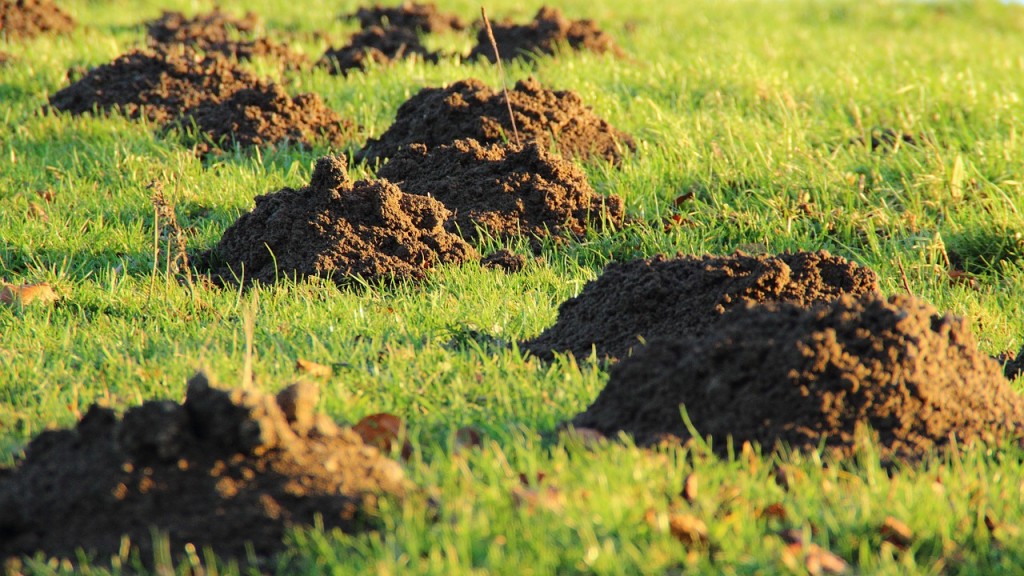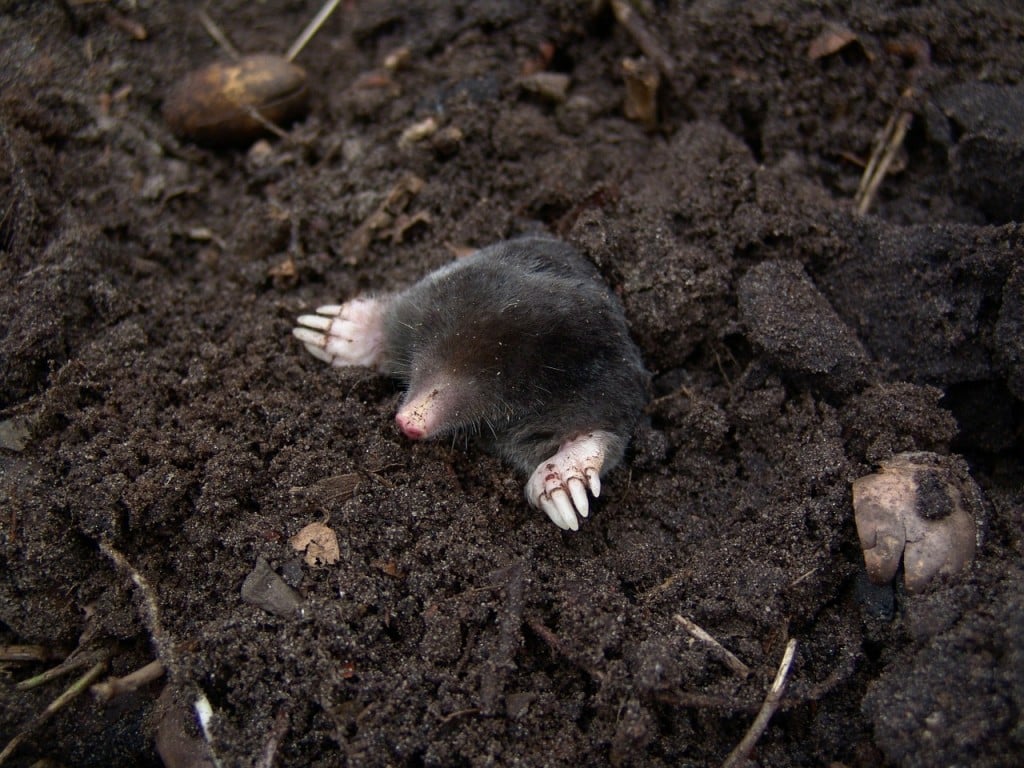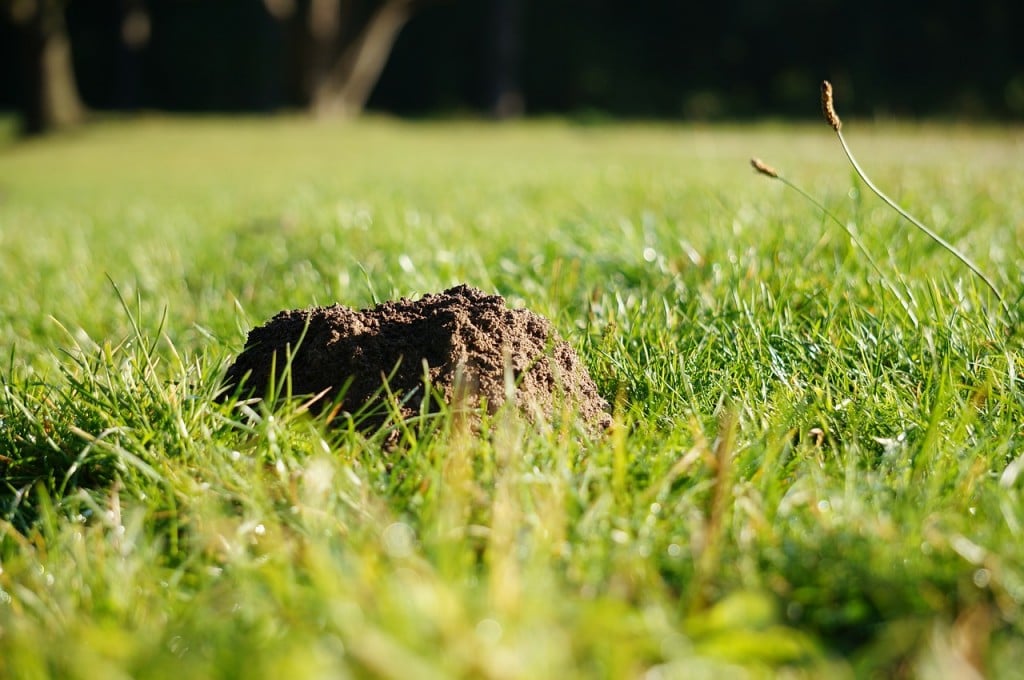
Moles are often seen as little more than pests by green-fingered enthusiasts – and there certainly are a wide range of reasons for this.
The subterranean creatures burrow lawns and raise mole hills, which can undermine plant roots and inadvertently cause damage or death.
However, gardening expert Roger Mercer has argued that mole populations are not necessarily a bad thing for gardeners.
In an article for the Fayetteville Observer, he acknowledged that the mole hills can make an unsightly mess of a lawn – and agreed it can be frustrating when they tunnel right through the underground part of its stem.
Despite this reputation, the expert underlined the fact that they do not do that much harm overall. He claimed that he has had many moles in his own personal space over the years, but has only ever lost one plant of any value as a result of damage caused by the furry mammals.
“Moles aren’t all bad. In fact, they’re 99 per cent good,” Mr Mercer commented, explaining: “They aerate soil. They eat mostly grubs, which are undesirable, because grubs eat the roots of your grass. Then they turn into beetles, which feed on your decorative plants. Moles eat lots of Japanese beetle grubs, which destroy rose blossoms.”
The expert continued: “Moles give you free fertilizer and aerate your soil. Don’t begrudge your moles a place to live. Learn to put up with them. Consider them a natural part of the fauna on your property. Because they are. They’ve gotta live somewhere. Why not right in your yard?”

Indeed, moles are renowned for their very large front legs, which certainly help the little gentlemen in black velvet shift some soil. It has been demonstrated that if a mole was a 12-stone miner, he would be moving the equivalent of 12 tons of soil in one hour.
They frequently dig over hundreds of meters of runs every single day – but these are traps for their food. While Mr Mercer cited beetle grubs as a staple diet, earthworms form a more common meal.
For those who wish to address the problem more actively than Mr Mercer suggested, the University of California has issued guidelines on how to best manage the presence of moles in the garden.
Trapping is the most universally accepted and dependable method of mole control. Most effective use of these traps can be made by making an effort to understand the behavior of moles – and setting it to catch the creatures underground. However, they are not usually deterred by soil blocks in a tunnel, as this is a natural occurrence from cave-ins.
First, determining which runways are in use is advisable. This can be done by flattening short sections of runways and mounds and observing them daily. Noting areas of activity can help to single out where to place traps.
Repellents are also an option for gardeners plagued by moles. Many home remedies are frequently suggested – such as placing broken glass, razor blades, thorny rose bush branches and various other substances in the soil. Similarly, frightening devices like vibrating windmills, and whistling bottles are common solutions.
However, Mr Mercer emphasised that moles do a great deal in terms of culling the populations of insects that are potentially more damaging. Despite, this he acknowledged that killing moles is the only way of keeping them away from a garden.
“Even then, more moles will come from neighboring property,” the expert commented, adding: “There’s no guarantee that the moles won’t return next year, when the grubs are back.” Mr Mercer also claimed that your neighbors will have to follow the same course of action.



